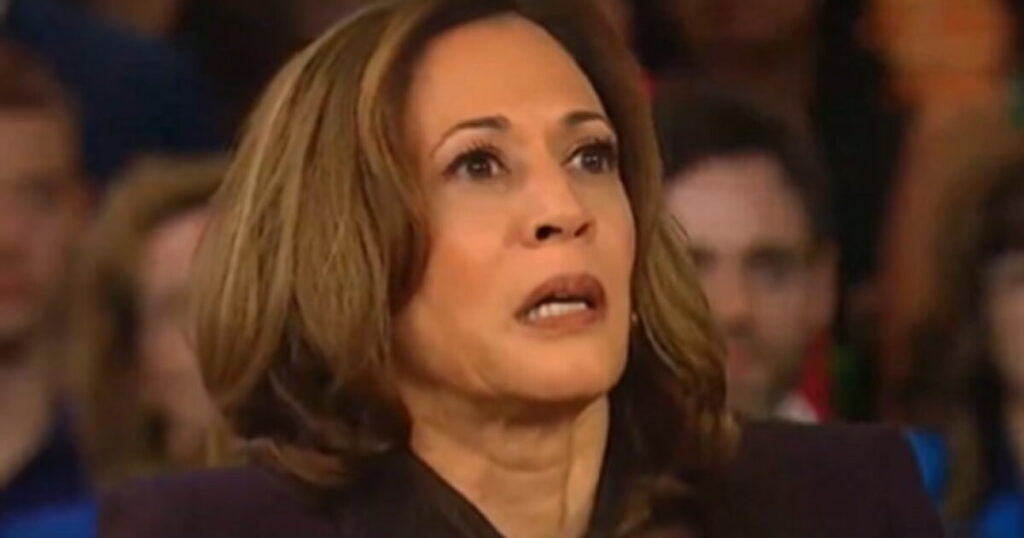In the run-up to the 2024 presidential election, Kamala Harris is navigating a complex political landscape as she seeks to secure both Jewish and Arab voters. The Democratic vice president is caught in a dilemma, attempting to balance the conflicting interests of these communities amid the ongoing Israel-Gaza conflict. In Dearborn, Michigan, a significant Arab population appears to be leaning towards President Trump, bolstered by his promise to foster peace in the Middle East. The sentiments in Dearborn encapsulate a broader trend of Arab voters who, despite traditionally supporting Democratic candidates, are swaying towards Trump, feeling that his policies offer a more favorable stance on Middle Eastern issues.
This political shift has not gone unnoticed, and the stakes remain high as both parties vie for the crucial votes in Michigan. Trump’s camp is highlighting this growing support, with social media posts indicating enthusiasm among Arab voters who rally behind his campaign message of “Make America Great Again.” As Trump’s popularity among this demographic rises, especially in areas like Dearborn, the Harris campaign is under increasing pressure to not only woo Jewish voters—a key constituency in Pennsylvania—but also to address the concerns of Arab voters who are expressing discontent with the Biden administration’s stance on Israel.
At her rallies, Harris has faced vocal opposition from Muslim protestors, underscoring the challenges she encounters while trying to appeal to both sides. In Detroit, Michigan, protestors voiced their frustrations regarding the Biden administration’s support for Israel during her event, highlighting a split within the Democratic base. Harris’s response to the hecklers emphasized her concern that failure to engage with their issues could potentially result in a Trump victory, revealing her awareness of the risk posed by alienating Arab voters who might feel neglected due to the party’s focus on its Jewish supporters.
The implications of these tensions extend beyond Michigan, particularly in Pennsylvania, where Jewish voters play a decisive role in determining electoral outcomes. Harris’s campaign appears to be responding to this challenge by running contradictory advertisements targeted at both Jewish voters in Pennsylvania and Arab voters in Michigan. In these ads, she highlights her support for Israel’s right to self-defense in Pennsylvania while simultaneously asserting her commitment to addressing the suffering in Gaza in Michigan. This messaging strategy, while aimed at appeasing both groups, raises questions about authenticity and may risk alienating either side if they feel the candidate’s positions are insincere or politically opportunistic.
Further complicating her efforts is the media scrutiny on the duality of Harris’s messaging. Reports have surfaced indicating that her campaign has edited specific speeches to tailor messages for different audiences, a tactic that, while politically pragmatic, could backfire. For instance, her Pennsylvania ads selectively omit parts discussing the Gaza crisis, which might resonate negatively with Arab voters. This kind of editing highlights the precarious balancing act Harris is attempting to maintain and reflects the broader dilemmas facing politicians trying to cater to increasingly polarized voter bases.
As the election approaches, Harris’s ability to navigate these competing demands will be crucial for the Democratic Party’s prospects, particularly in battleground states like Michigan and Pennsylvania. The support—or lack thereof—from Arab and Jewish voters could ultimately determine the outcome in these key regions. As Harris continues to contend with protests and a divided electorate, the electoral implications of her campaign strategies will be increasingly scrutinized, positioning her at the heart of a complex intersection between foreign policy, domestic voter concerns, and long-standing community ties within the American political landscape.

